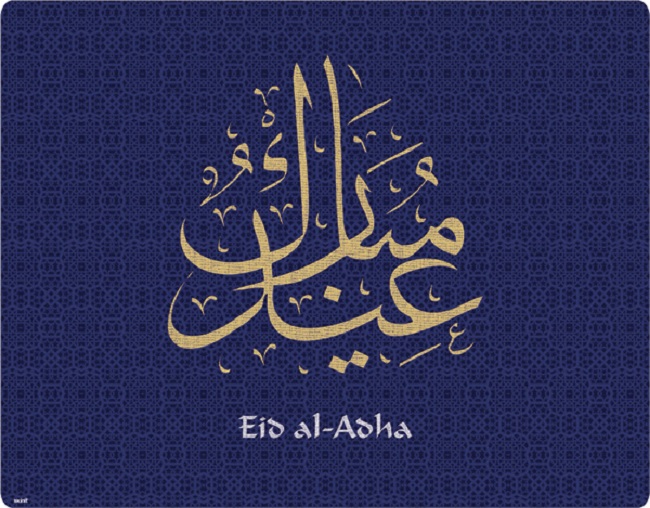Islamic festival Eid al-Adha marks its beginning on 1st September 2017 on Friday and ends on 2nd September 2017 on Saturday. The festival signifies the end of this year’s Hajj and calling on Muslims to seek forgiveness from God. It is also known as the ‘festival of sacrifice’ as this festival celebrates the greatest act of sacrifice by Ibrahim when he was ready to sacrifice his own son at God’s command. Ibrahim didn’t go through this sacrifice however, an angel intervened and gave him an animal to sacrifice.
History of Eid al-Adha
The festival came into origination with the story of Prophet Ibrahim or Abraham. He was commanded by God to sacrifice the dearest thing to him; his own son. Without thinking twice about it, Prophet Ibrahim set out to obey the command of Almighty. His son also agreed with his father’s decision and asked him to do as God commanded him. As he was readying to sacrifice his son, angels replaced his son with a ram. It was a test to Ibrahim’s faith in God.
Also Read: BMC and Maharashtra Govt To Monitor Selling of Bakra Through 'Bakra App'
Relation between Eid al-Adha and Hajj
Hajj is one of the most holy places to Muslim community. It is one of the five pillars of Islam. It is performed in the days before Eid al-Adha and the story goes back to Prophet Ibrahim. When his son was an infant, Prophet Ibrahim was asked by God to leave his wife Hajrah and his son Ismail in the desert of Saudi Arabia. He did as he was commanded by God. He left them with a supply of food and water. But it got finished quickly. Hajrah ran up and down the two hills Safa and Marwa seven times, looking for water. It was at that moment the water gushed forth from where baby Ismail’s feet were and a well created itself there. It is known as Zamzam. It had water to last them for a lifetime. The water in the well gushes forth to this day.
How is Eid al-Adha celebrated?
The most traditional method to celebrate this festival is to follow the footsteps of Ibrahim’s sacrifice and strength of faith. Muslims sacrifice a goat or sheep to God. One third of the animal meat is consumed by the family who sacrifices it, another third goes to the friends and relatives while the remaining portion is distributed among the destitute. Muslim families either carry out the slaughtering themselves or donate an animal to a charity that will sacrifice it in their name.
Also Read: Shah Rukh Khan and AbRam twinning in white kurtas on Eid is a visual treat (see pics, video)
They attend a special prayer service and sermons to celebrate the festival. Those who cannot make it to Hajj, fast a day before the Eid al-Adha begins. Fasting on the day of Arafah absolves all the sins for two years, the previous year and the coming one.
For more Lifestyle stories, follow our Facebook page.

